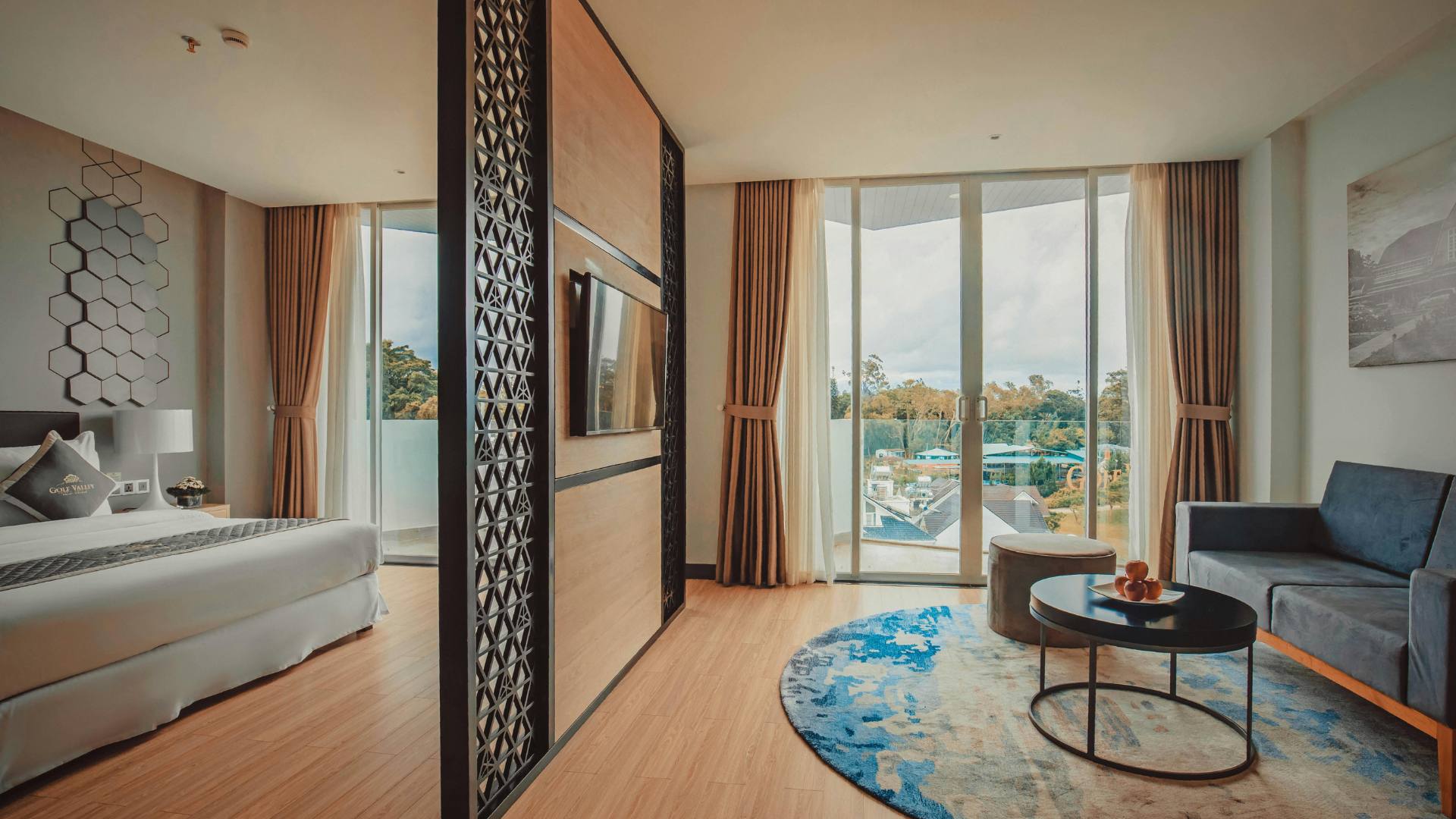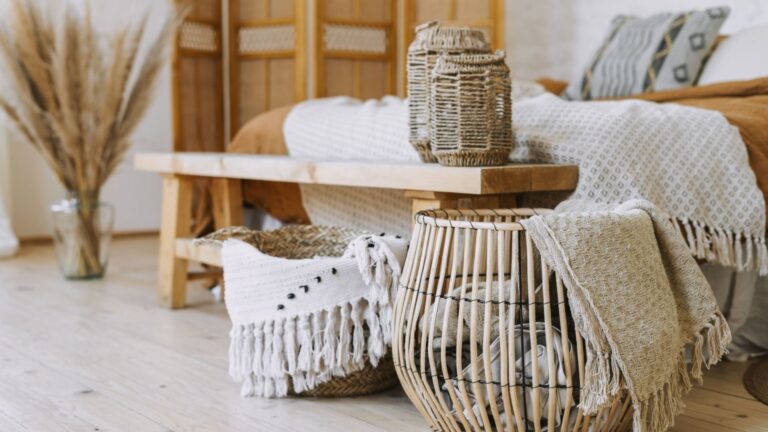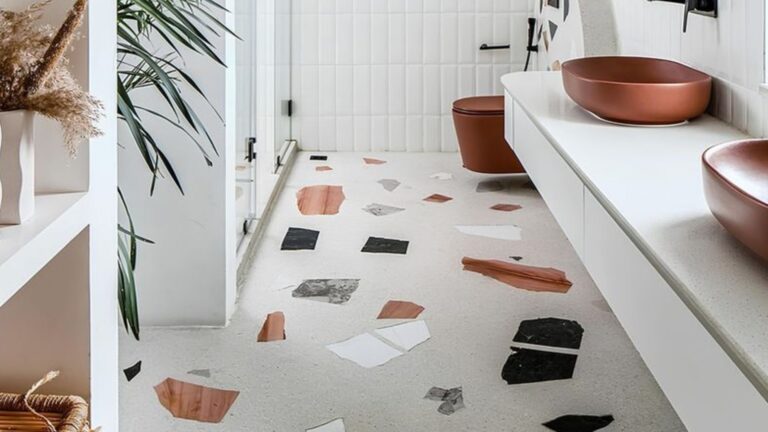26 Reasons Why Homeowners Are Closing Off Open Spaces
Ever noticed how those once-loved open floor plans are suddenly on the outs? As a homeowner, I totally get it. Sometimes, you just need a little more privacy or a room that doesn’t echo every footstep.
I’ve found that sealing off spaces has a surprisingly calming effect, especially when it comes to controlling noise during family Zoom calls (trust me, it’s a lifesaver).
Plus, who knew that creating cozy nooks could help with energy efficiency? It’s like the house is saying, Finally, some peace and quiet!
1. Increased need for privacy

Who knew walls could foster such intimacy? In the hustle and bustle of daily life, privacy is becoming a rare commodity.
Homeowners are closing off open spaces to create sanctuaries where they can escape from prying eyes and rejuvenate in peace. It’s all about carving out personal retreats in the comfort of home.
The allure of privacy extends beyond mere separation from the outside world. It’s about having a quiet nook where whispered secrets and shared laughter can flourish without interruption.
2. Better energy efficiency

Segmenting open spaces can lead to better energy efficiency. By enclosing areas, heating and cooling become more targeted, resulting in lower energy consumption and savings.
Consider it a strategic move towards a greener lifestyle! The concept is simple: smaller spaces require less energy to maintain the desired temperature.
This not only reduces your carbon footprint but also keeps your wallet happier. Who knew walls could be such eco-friendly allies in the quest for comfort and sustainability?
3. Noise reduction
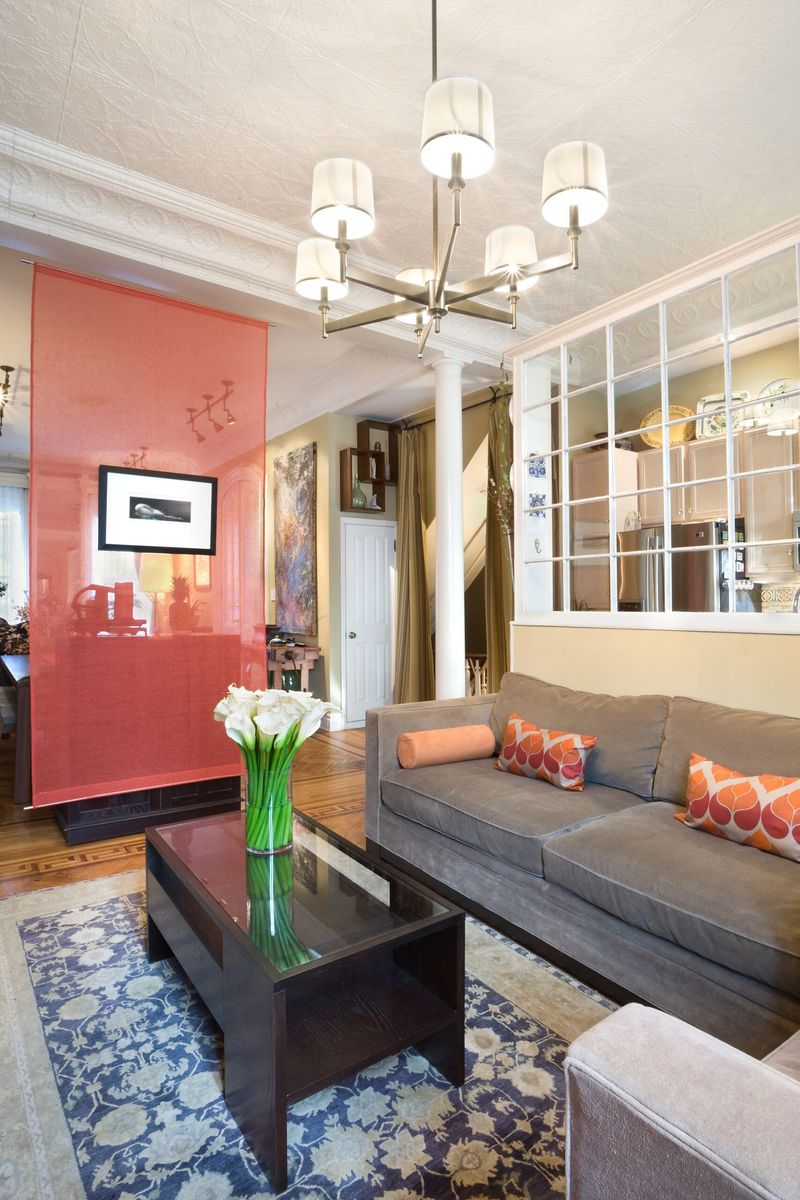
Shhh! Can you hear that? It’s the sound of tranquility. Closing off spaces can work wonders for noise reduction, providing a haven from the clamor of daily life.
Walls act as sound barriers, creating a peaceful retreat for reading, working, or simply unwinding. Whether it’s the neighbor’s lawnmower or the kids’ enthusiastic playtime, having distinct rooms helps buffer unwanted noise.
Silence, after all, is golden, and a well-placed wall might just be the key to auditory bliss. Who knew serenity could be so soundproof?
4. More defined living areas
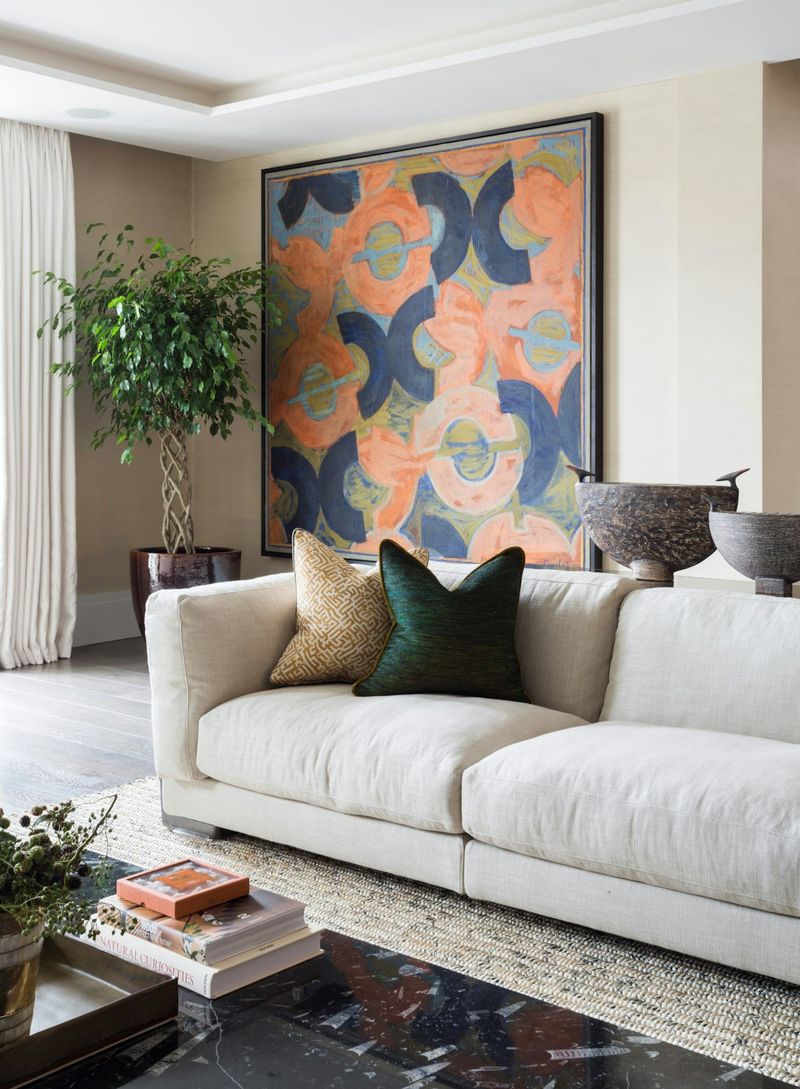
Ever felt your dinner table was encroaching on your living room? Defining living areas through walls creates distinct spaces, each with its own function and character.
It’s like having multiple personalities in one house, but without the drama! Separate spaces allow homeowners to personalize each area, from cozy reading nooks to elegant dining rooms.
This not only enhances aesthetic appeal but also improves functionality. Who knew a little definition could bring so much depth and distinction to home living?
5. Improved home organization

Feeling cluttered? Walls to the rescue! By closing off spaces, homeowners can achieve a higher level of organization.
Designated rooms for storage, work, and play ensure that everything has its place, making tidiness a breeze. An organized space enhances productivity and reduces stress.
Imagine a world where you never misplace your keys again! With defined boundaries, chaos is confined, and organization reigns supreme.
6. Better air circulation control
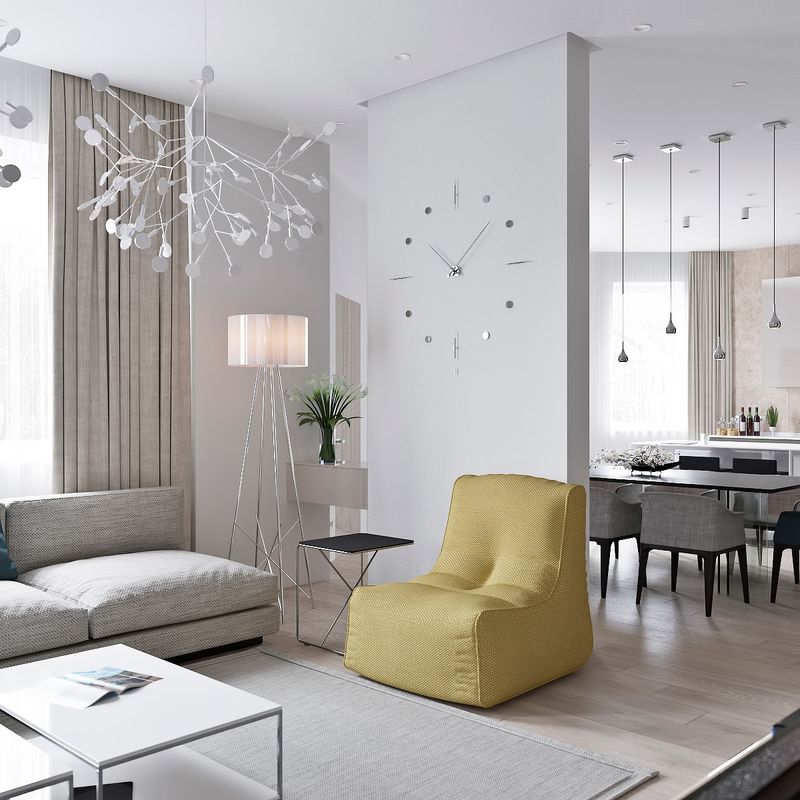
Ever felt like your house was one giant draft? Closing off open spaces allows for better control over air circulation.
By managing airflow in individual rooms, homeowners can create environments that suit their comfort needs and seasonal changes.
With the ability to adjust air circulation in confined spaces, maintaining optimal humidity and temperature becomes more efficient. This not only enhances comfort but also contributes to better indoor air quality.
7. Enhanced temperature regulation

Is your living room an oven in summer and a freezer in winter? Closing off spaces can enhance temperature regulation by allowing more precise control over heating and cooling.
Each room can become a microclimate tailored to specific needs. This approach not only improves comfort but also reduces energy waste.
By adjusting temperatures room by room, homeowners can avoid the extremes and maintain a pleasant environment year-round.
8. Creating distinct functional zones
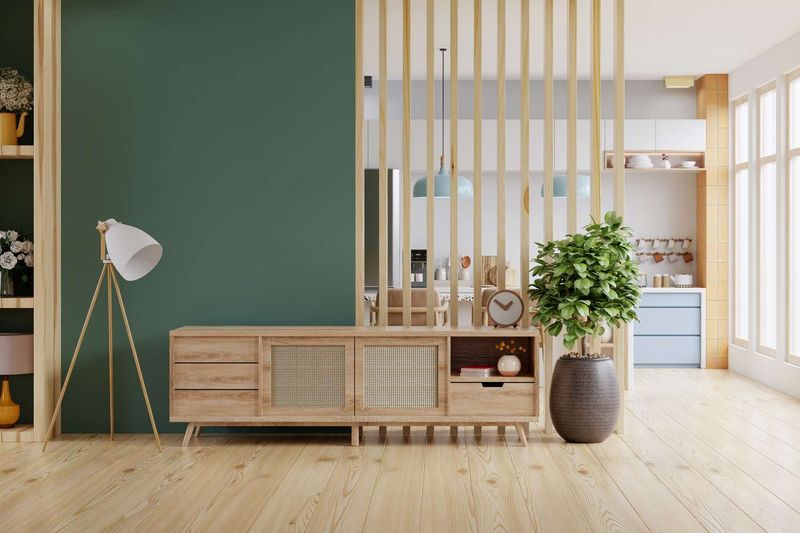
Ever tried doing yoga next to a blaring TV? Creating distinct functional zones within the home allows for activities to coexist without conflict.
Walls provide the means to establish areas dedicated to work, play, relaxation, and more. This separation not only enhances productivity but also fosters a sense of balance.
Each zone becomes a world of its own, designed for specific activities and moods. Who knew that zoning could be the secret to a harmonious and multifaceted home life?
9. Reducing visual clutter
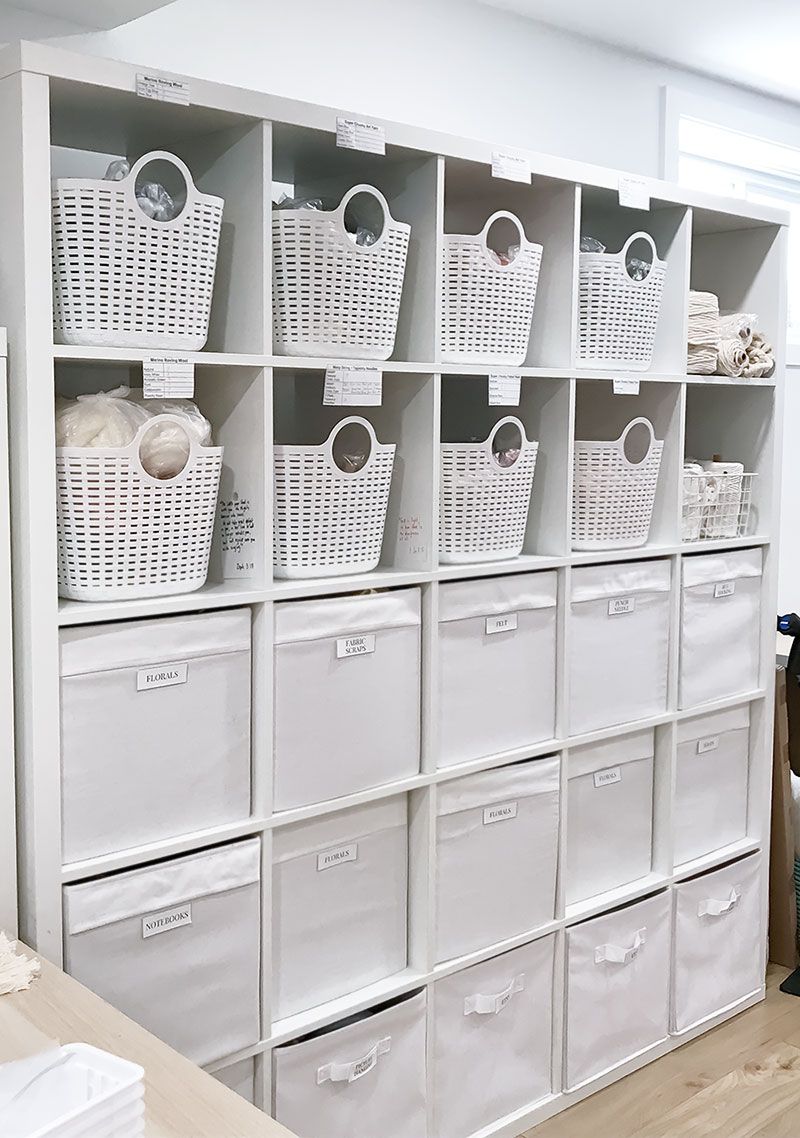
Is your open layout giving you visual whiplash? Walls can help reduce visual clutter by creating tidy, focused spaces.
Each room becomes a canvas for intentional design, free from the chaos of all-in-one layouts.
By compartmentalizing, homeowners can curate specific aesthetics and styles without interference from neighboring areas. This reduction in visual clutter leads to a more cohesive environment.
10. More efficient use of space
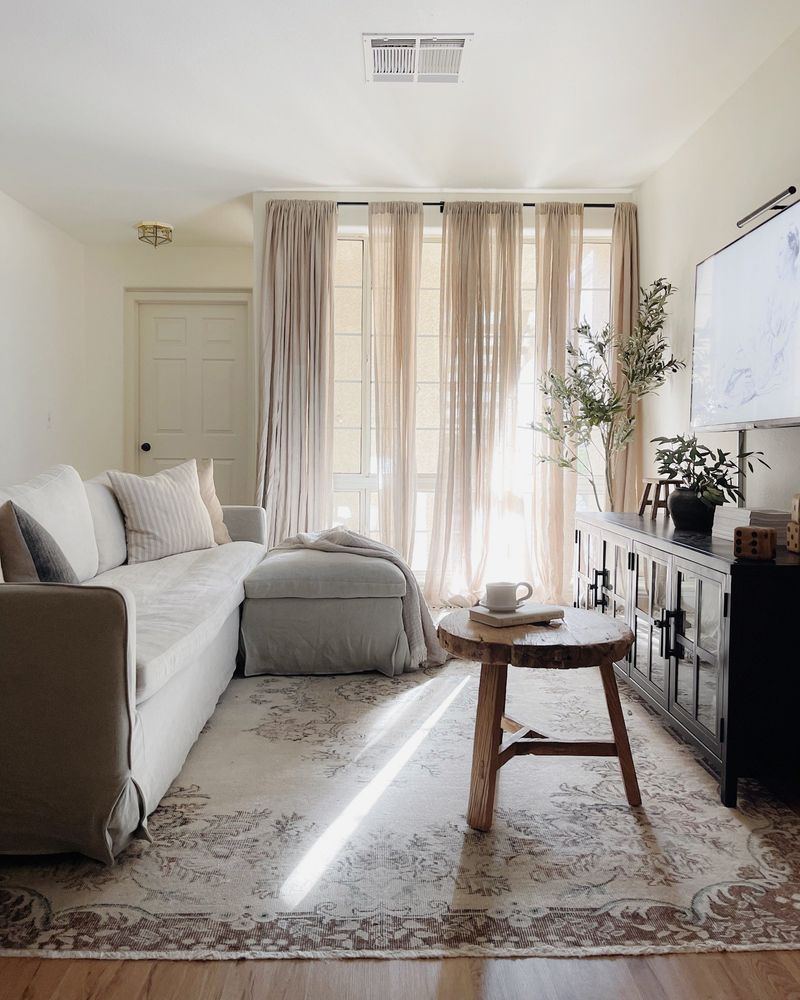
Ever felt like your home was a game of Tetris? Closing off spaces can lead to more efficient use of available square footage.
This way, homeowners can maximize functionality and storage without sacrificing style. This approach allows for clever design solutions such as built-in shelves and hidden compartments, making every inch count.
It’s all about smarter use of space and making a home feel larger and more accommodating. Who knew that walls could be the ultimate space-saving strategy?
11. Increased focus on intimacy
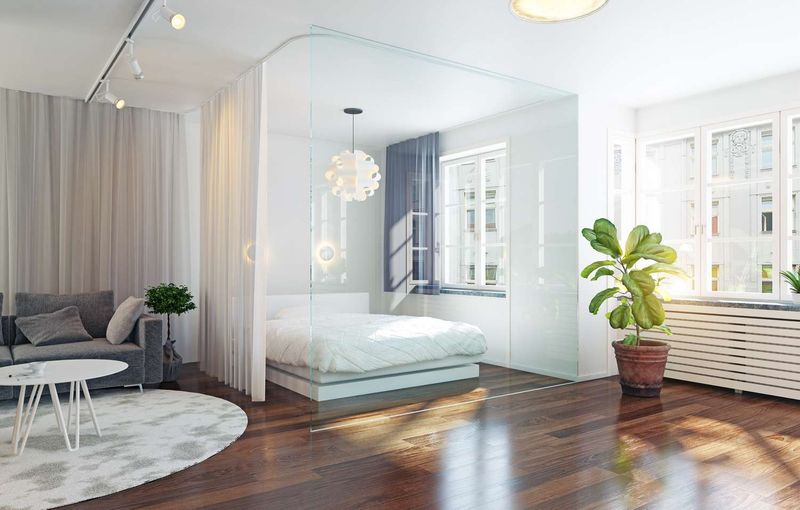
If walls could talk, they’d whisper sweet nothings. The trend towards closing off spaces also reflects a desire for more intimate environments.
By enclosing areas, homeowners can create cozy, personal spaces perfect for romantic dinners or heartfelt conversations.
This focus on intimacy is about cultivating meaningful interactions in a world that’s increasingly interconnected. Walls provide the opportunity for closeness and genuine connection.
12. Better acoustics in the home
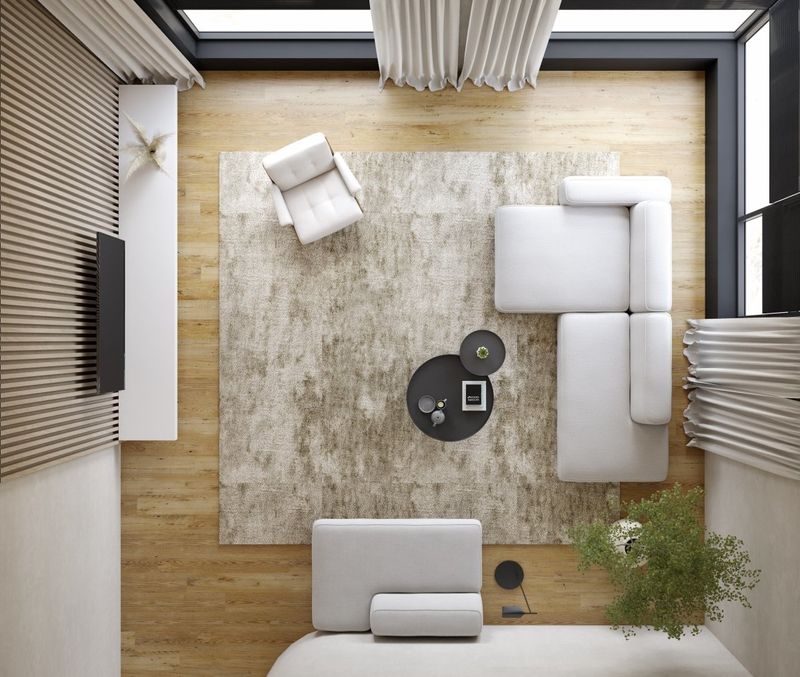
Echoes may be great for concert halls, but not so much for homes. Enclosing spaces can significantly improve acoustics, allowing for clearer and more pleasant sound experiences.
Whether it’s a home theater or a music room, walls help tailor acoustics to specific needs. This enhancement not only benefits entertainment but also everyday conversations, making communication clearer and more enjoyable.
13. Seclusion for remote workspaces
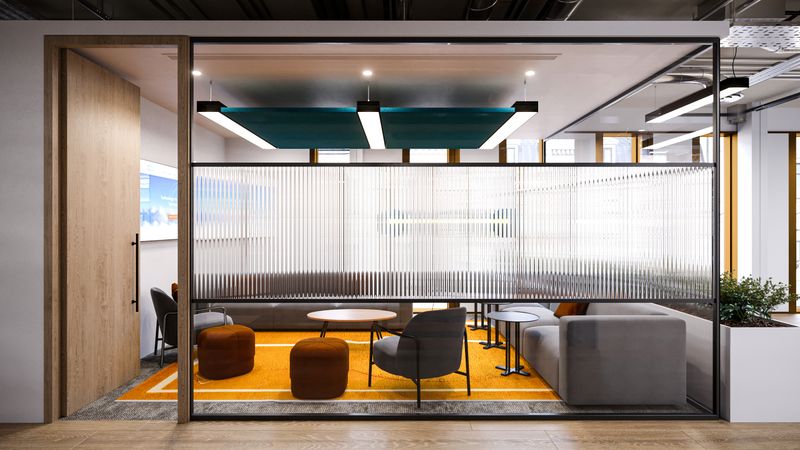
With the rise of remote work, homeowners are enclosing spaces to create dedicated work environments. These secluded areas help minimize distractions and encourage productivity.
A separate workspace also allows for a clear distinction between work and home life, contributing to better work-life balance.
It’s all about creating a professional atmosphere within the comfort of home. Who knew that a door could be the gateway to remote work success?
14. Aesthetic appeal with separation
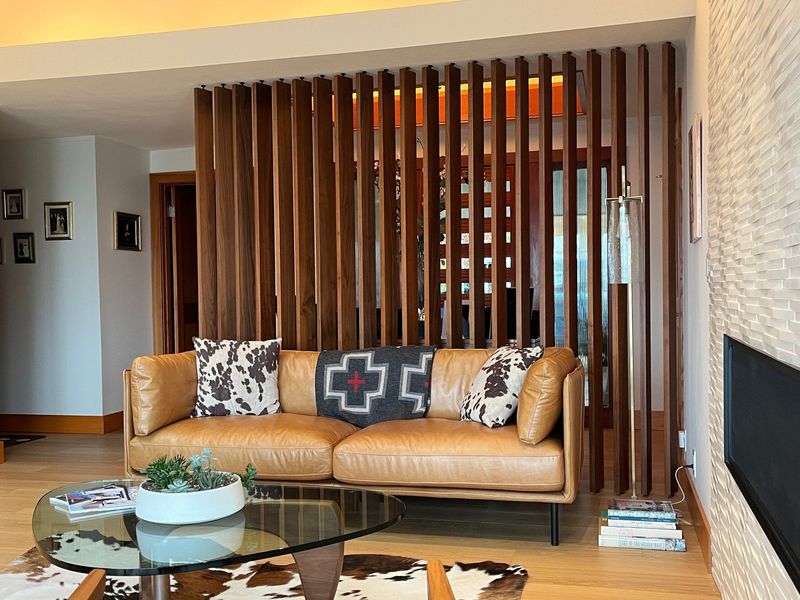
Who says walls are boring? Aesthetic appeal is one of the delightful reasons for closing off spaces.
By creating separate rooms, homeowners can experiment with diverse decor styles, giving each space its own personality and charm.
This opportunity for varied design not only enhances visual appeal but also allows for a more personalized home environment. It’s an invitation to explore creativity and stylistic diversity.
15. Installing Secret Passageways

Who hasn’t dreamt of having a secret passageway in their home? Some homeowners are closing off spaces to create hidden nooks and secret doorways.
This whimsical addition conjures images of classic mystery novels and adventure tales. Hidden doors, often disguised as bookshelves or panels, lead to cozy reading rooms or private retreats.
These secret spaces offer a touch of intrigue and the thrill of discovery. They serve not only as a playful design element but also as a functional way to optimize space.
16. Setting Up Indoor Zen Gardens
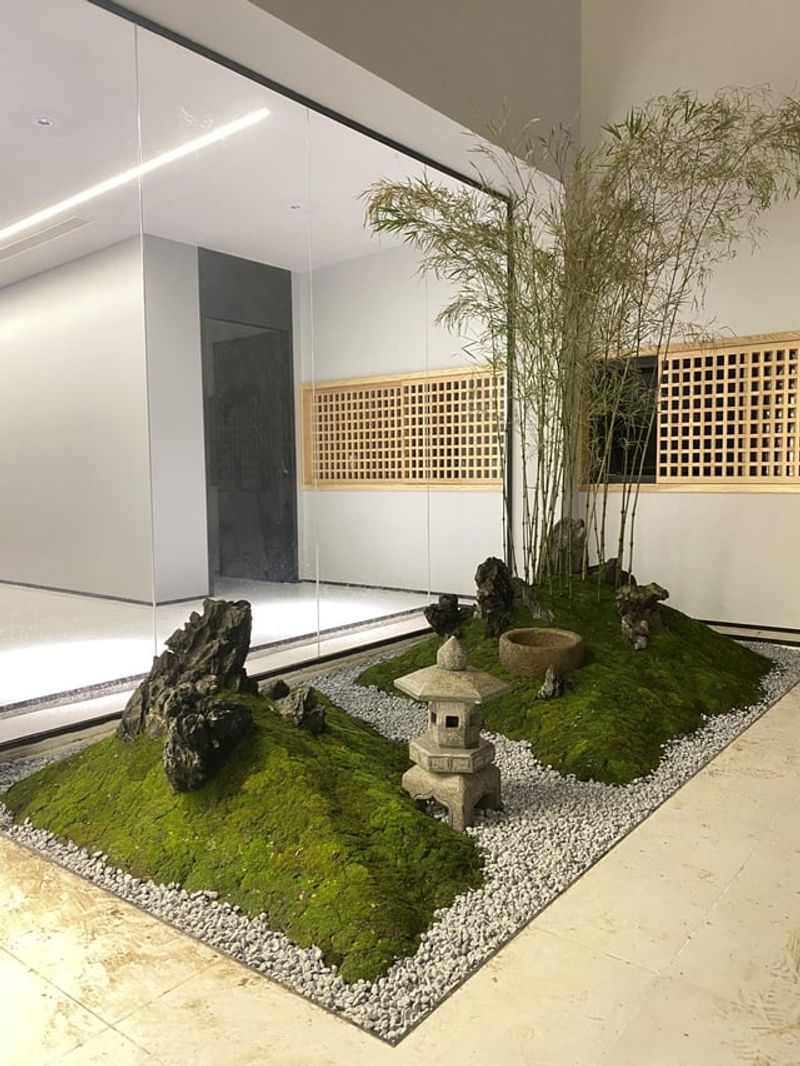
In a world that’s constantly buzzing, finding tranquility at home is a cherished goal. Homeowners are closing open areas to create indoor zen gardens.
These spaces often feature meticulously arranged sand, carefully placed stones, and gentle water features. The muted colors and simple designs of zen gardens bring a sense of calm and focus to the home.
They provide a quiet spot for meditation, reflection, or just unwinding after a hectic day. This trend not only enhances the aesthetic of a home but also promotes mental well-being.
17. Creating Artistic Studio Spaces

Turning open areas into closed artistic studio spaces caters to the inner artist. These specialized rooms are adorned with canvases, paints, easels, and an array of creative tools.
By closing off these areas, artists can immerse themselves in their work without distractions. The studio becomes a sanctuary for inspiration and creativity, a place where imagination can run wild.
These art nooks are not only practical for those who paint, draw, or sculpt but also add a touch of color and personality to the home, reflecting the artist’s unique style.
18. Developing Indoor Reading Nooks

For book lovers, closing off open spaces to develop indoor reading nooks is a dream come true. These intimate corners are filled with bookshelves, comfortable seating, and warm lighting.
The gentle glow and plush textures invite hours of reading pleasure. More than just a reading spot, these nooks become a personal retreat, offering solitude and comfort.
They reflect the literary tastes and offer a space where time seems to stand still, surrounded by the comforting presence of beloved books.
19. Crafting Indoor Fairy Gardens
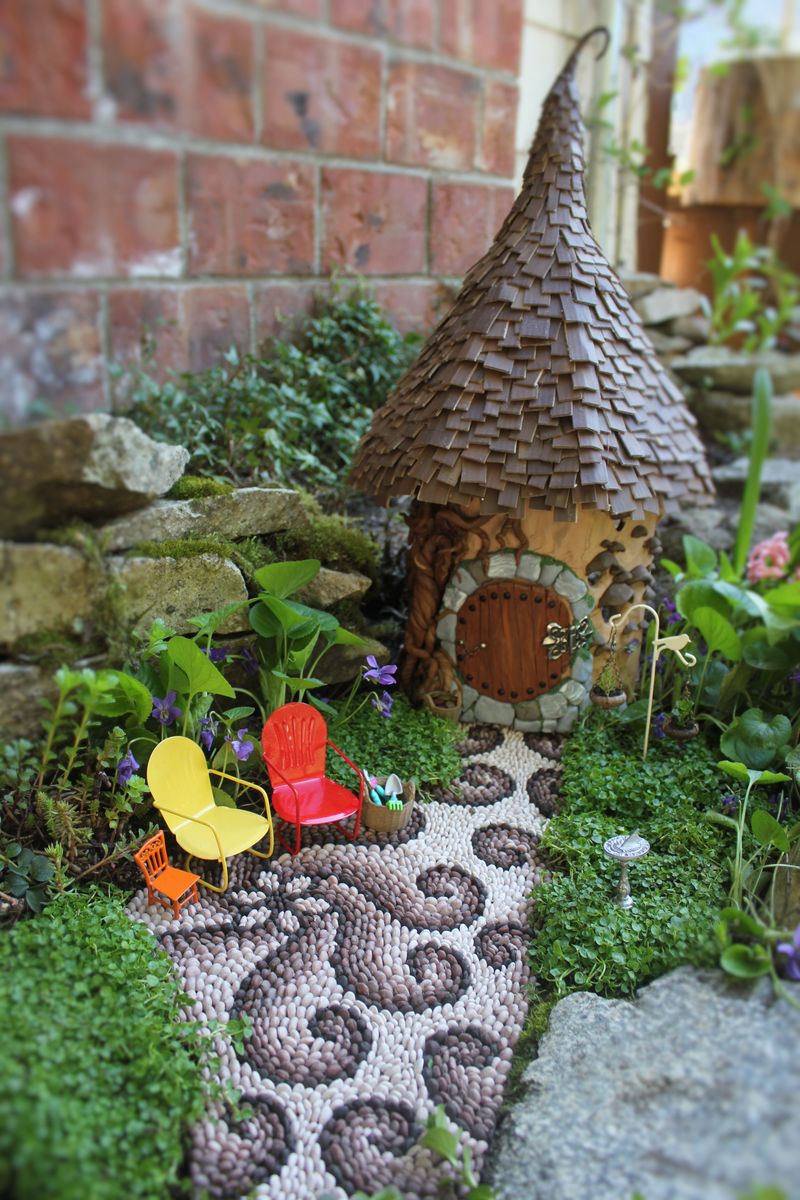
Bringing a touch of magic indoors, many are closing spaces to craft enchanting fairy gardens. These whimsical creations feature miniature plants, fairy figurines, and twinkling lights.
They capture the imagination and delight both young and old visitors alike. Fairy gardens offer a playful element and a touch of fantasy, perfect for storytelling and sparking creativity.
These tiny landscapes provide a charming focal point and a unique decorative element, turning any closed-off space into a magical oasis.
20. Establishing Indoor Pet Havens
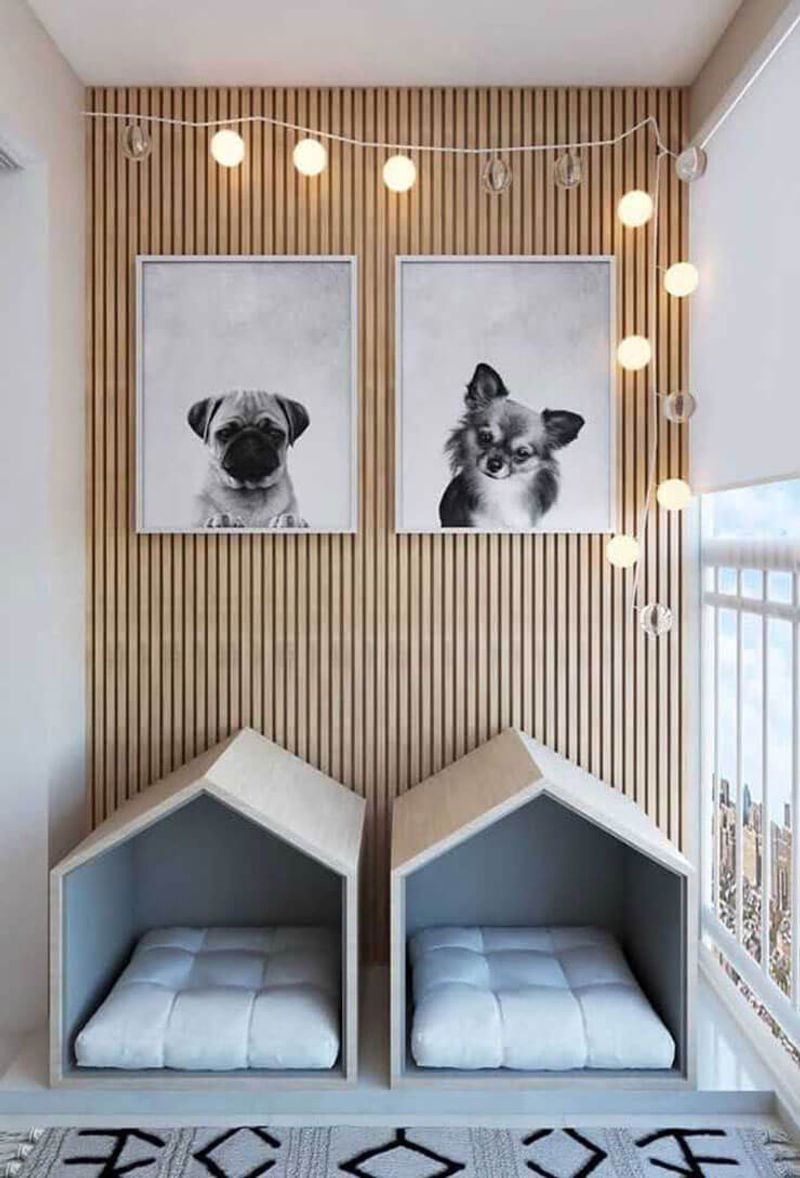
Closing off spaces to establish dedicated indoor pet havens is a trend on the rise. These special rooms or corners are equipped with cozy bedding, toys, and pet accessories, creating a paradise for furry friends.
These havens offer pets a safe and comfortable environment to play, rest, and thrive. They also help keep the rest of the house organized and clean.
Creating a pet haven is a thoughtful way to cater to the needs of beloved companions, ensuring they have a space that feels like their own little nook within the home.
21. Designing Indoor Music Studios
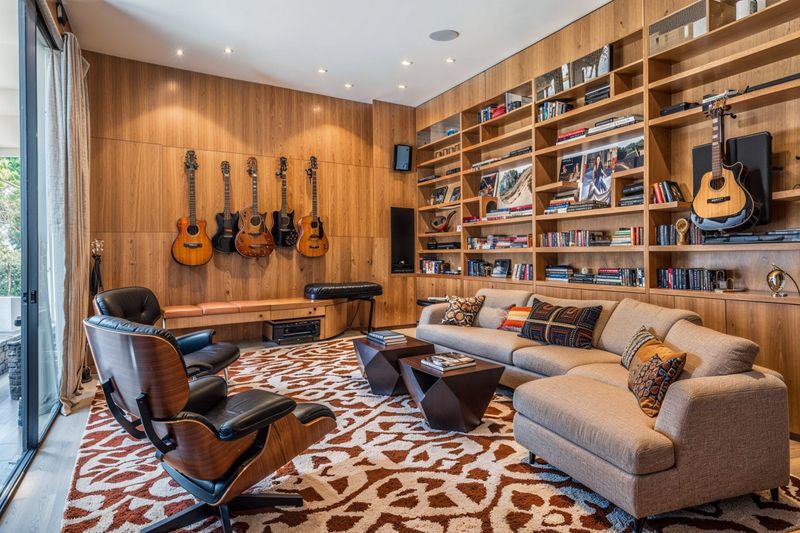
These soundproofed rooms house instruments, recording equipment, and acoustic panels, creating the perfect environment for music creation and practice.
Musicians can express themselves freely without disturbing others, and the studio becomes a sanctuary for creativity and artistic exploration.
Whether it’s a full band setup or a solo recording space, these studios reflect the musician’s passion and dedication. They transform closed spaces into a hub of musical inspiration.
22. Converting Spaces into Board Game Rooms
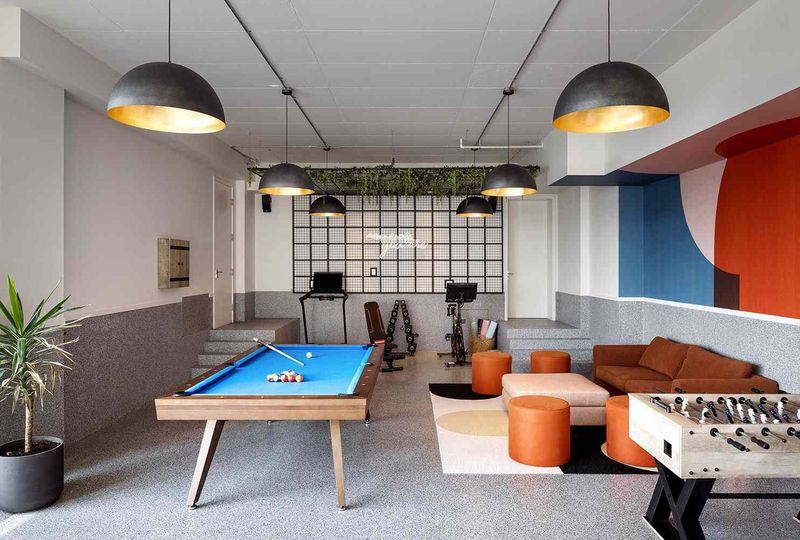
Turning open areas into dedicated board game rooms is such a playful trend. These spaces are filled with shelves of games, tables, and comfortable seating.
The room becomes a hub of laughter and strategic thinking, where players can immerse themselves in different worlds.
These game rooms are a great way to bring people together. They offer a refreshing break from screens and technology, transforming closed spaces into a lively and engaging social venue.
23. Cultivating Indoor Herb Gardens
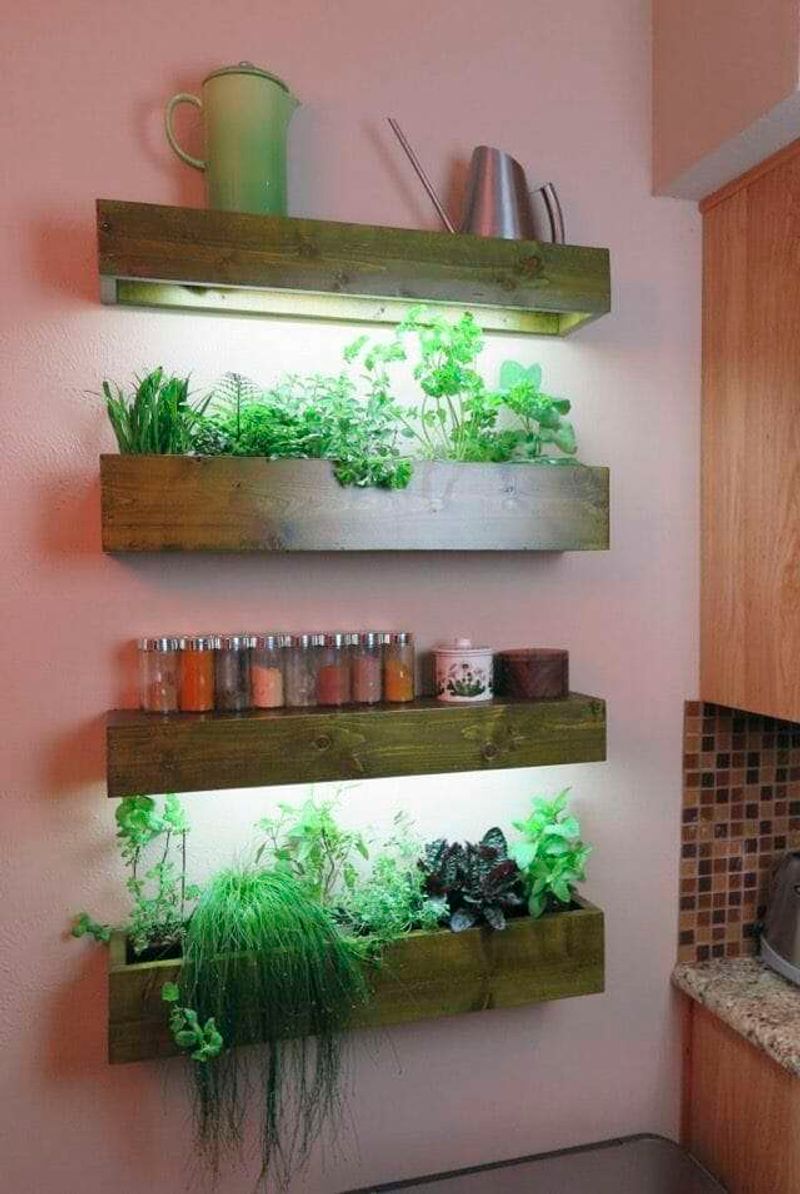
These spots are brimming with pots of basil, rosemary, mint, and more, infused with the scents of fresh greenery. They’re not only practical for cooking enthusiasts but also add a splash of nature indoors.
The sight and aroma of these herbs provide a sensory delight, turning any closed space into a fragrant haven.
This creative gardening project also promotes sustainability and self-sufficiency, allowing homeowners to enjoy homegrown flavors right from their own indoor garden.
24. Creating Mindful Meditation Rooms
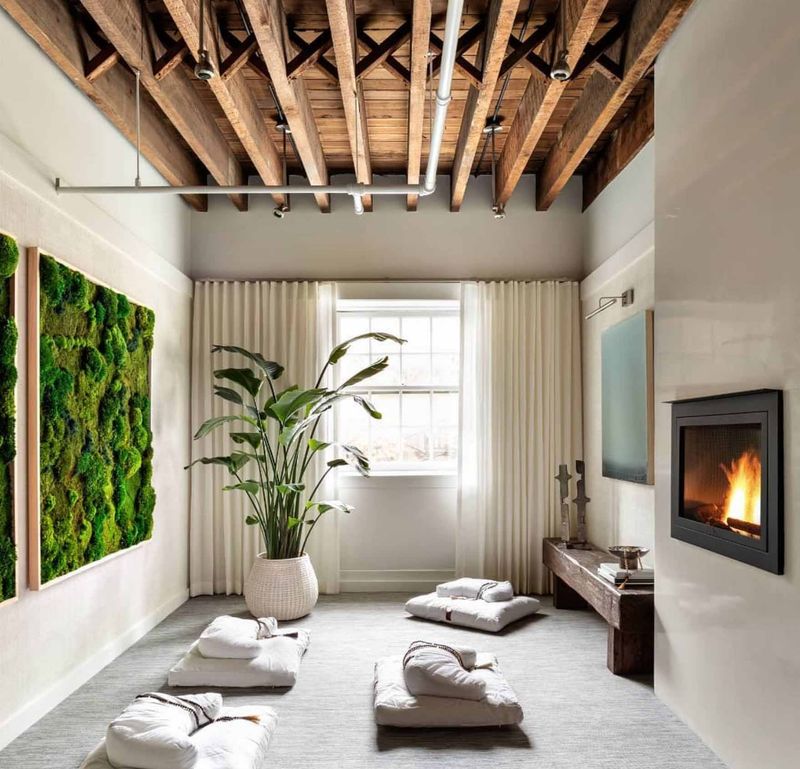
In pursuit of mindfulness, many homeowners are closing off spaces to create dedicated meditation rooms. The room becomes a dedicated space for disconnecting from the outside world and reconnecting with oneself.
Meditation rooms not only enhance mental clarity and relaxation but also add an element of tranquility to the home.
This thoughtful design choice turns closed spaces into a retreat, promoting well-being and balance in everyday life.
25. Transforming Spaces into Indoor Theaters

For movie enthusiasts, transforming open spaces into closed indoor theaters offers a cinematic escape at home.
You can enjoy your favorite films with the added comfort of being in their own space. The theater becomes a gathering spot for family movie nights or solo cinematic adventures.
This transformation not only enhances the entertainment experience but also adds a luxurious touch to the home, turning closed spaces into a personal movie paradise.
26. Establishing Indoor Home Spas
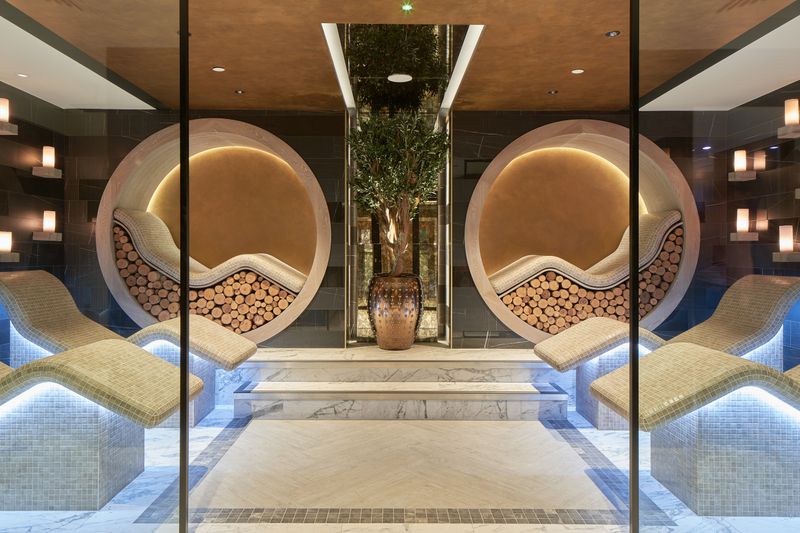
These tranquil rooms are equipped with massage tables, aromatic candles, and soft towels, offering a personal retreat for pampering and relaxation.
Homeowners can enjoy spa-like treatments in privacy and comfort, transforming their space into a wellness haven. The soothing ambiance and thoughtful design provide a calming atmosphere.
This indulgent transformation turns closed spaces into a sanctuary of relaxation, promoting self-care and rejuvenation.

